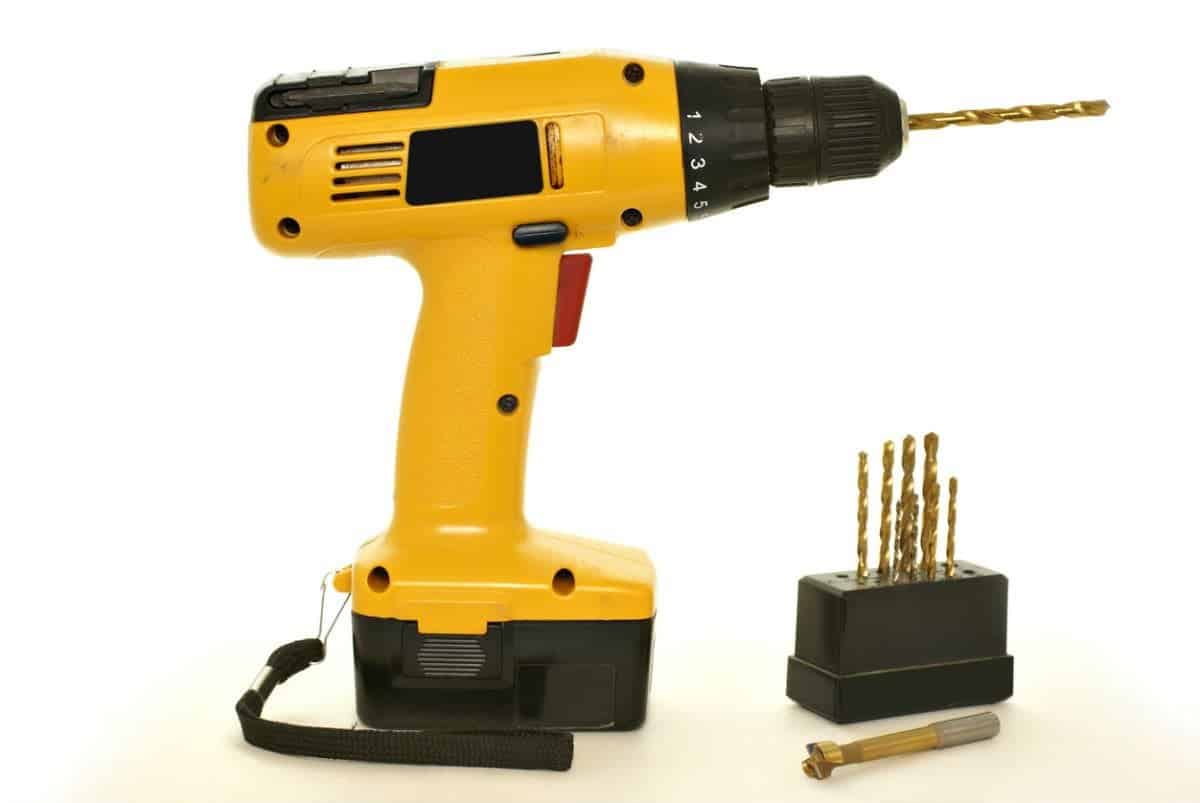So, what do you do when your Honda generator stops working? Here, we will go over the reasons why even some of the best home standby generators quit working. We'll also show you how to solve the problem with a simple method.
Why the Generator Runs Without producing power

1. Residual Magnetism Loss
Your generator is humming along, but your appliances are still sitting there, lifeless. No sparks, no power—just a whole lot of frustration. More often than not, the culprit is something called residual magnetism loss—basically, your generator forgot how to be a generator.
Here’s the deal: generators don’t have permanent magnets. Instead, they rely on an electromagnet that builds up a magnetic field while running. When you shut your generator off, a little bit of that magnetism sticks around, waiting to jump-start the process the next time you fire it up. This tiny leftover charge is residual magnetism, and without it, your generator has no way of kickstarting the electrical process. No magnetism = no power.
So, what causes this invisible power drain in your Honda generator?
- Letting your Honda generator sit idle for too long—like an old car, it forgets how to do its job.
- Turning it off while a device is still plugged in—this drains the last bit of magnetism.
- Running it for hours without plugging anything in—yes, even an empty workload can cause problems.
- Long-distance shipping vibrations—especially if it's fresh out of the box.
The fix is simple: always unplug devices before shutting down and make sure your generator actually powers something regularly to keep the magnetic field alive. But if your generator has already lost its magnetism, don’t panic—there’s a way to bring it back.
How to Resolve Residual Magnetism Loss
a) 12+ Vault Battery Method
Think of this as jump-starting a car, but with a bit more caution. You’ll need:
- A 12V battery (any car or motorcycle battery will do)
- Insulated rubber gloves
- A lightbulb (yes, really)
Steps to revive your generator:
- Find the voltage regulator—this is where your generator’s brushes are connected. You’ll see two wires: one red, one black or white.
- Disconnect both brush wires from the voltage regulator.
- Ground the black/white wire by connecting it to the generator’s ground battery terminal.
- Plug in a lightbulb to the generator’s outlet and turn it on—this helps balance the electrical charge.
- Take the red wire from the battery and briefly touch it to the red brush wire on the generator’s voltage terminal—hold it for a few seconds.
- Disconnect the battery and reconnect the generator’s brush wires in their original spots.
- Fire up the generator—if all went well, you should have power again.
Safety Warnings:
- Always disconnect the brush wires from the voltage regulator before doing this. Skipping this step could fry your generator—or worse, start a fire.
- Never touch any other wires—the wrong connection could deliver a nasty shock.
With this method, your generator should be back in action, ready to power your world once again.

b) Electric Drill Method
Think your generator’s suffering from a case of lost residual magnetism? Here’s a no-tools, no-mess way to test—and possibly fix—it in one go.
How to Jolt Your Generator Back to Life with a Drill
- Grab a standard electric drill and plug it directly into the generator’s outlet.
- Make sure the drill is in forward mode (not reverse).
- Hold the trigger down—yes, fully pressed.
- Start the generator and keep an eye on the drill.
- Slowly release the trigger—if the drill bit starts spinning backward, you just woke up the generator’s magnetic field.
- Squeeze the trigger again—if the drill starts spinning properly, congratulations! Your generator is now producing electricity again.
What If It Doesn’t Work?
- Try reversing the drill’s direction—some drills have the forward/reverse switch in an unexpected position.
- Make sure nothing is attached to the drill bit—the second that power kicks in, anything attached is going to start spinning fast.
- Still no luck? Your voltage regulator might be the real culprit. Swap it out, and your generator should be good to go.
This trick is fast, simple, and doesn’t require tearing apart your generator. If it works, you’re back in business. If not, well, at least you eliminated one possible cause without breaking a sweat.

2. Connectivity Issues
A bad connection can kill power faster than a blown fuse. Clear out any debris, dust, or junk from all ports and check that every connection is locked in place.
If something’s still off, grab a multimeter and start hunting for a broken excitation winding. If you find one, reconnect it. If corrosion is the problem, scrub off the oxidation, tighten any loose screws, and get everything nice and secure.
3. Defective Breaker
Before you even think about touching the breaker, disconnect the spark plug—because accidental starts are no joke.
- Unscrew the outlet cover and disconnect the power cord.
- Take note of the breaker’s wiring (or snap a quick pic).
- Use a flathead screwdriver to pop off the protective cover and release the old breaker.
- Plug in the new breaker, reconnect the wires, and put everything back in place exactly as it was.
4. Tripped Breaker
A breaker doesn’t trip for no reason. Something overloaded the circuit—figure out what it was before resetting it, or you’ll be right back where you started.
5. Grounded or Broken Generator Excitation Winding
If the excitation winding is grounded or broken, grab a 500V ohmmeter and test the ground insulation. Find the problem spot, locate the break with a multimeter, and repair or replace the winding.
6. Worn Brushes
If your brushes are toast, just swap them out. Seriously, don’t overthink this one.
7. Defective Automatic Voltage Regulator(AVR)
A bad Automatic Voltage Regulator (AVR) means your generator’s power output is all over the place. Time to replace it.
- Disconnect the spark plug (again, no accidental startups here).
- Remove the alternator cover and take a picture of the wiring setup.
- Unhook the spade connector wires from the brush assembly.
- Unscrew the old AVR, disconnect it, and pop in the new one.
- Reassemble everything exactly as it was.
8. Defective Capacitor
A bad capacitor = zero power output. The good news? It’s easy to check.
- Remove the capacitor and discharge any leftover charge.
- Use a multimeter to test it—your reading should be within ±5μF of the rating printed on the capacitor.
- If it’s off, replace it. Done.
Featured Image Credits: youtube.com














